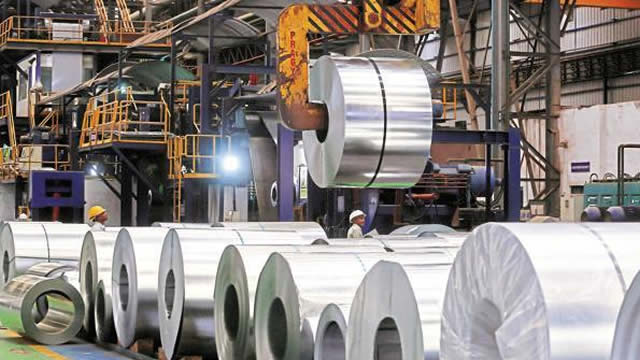Rio Tinto’s Diversification Strategy: Navigating Risks and Capitalizing on Electrification
Rio Tinto, a leading global mining company, is making strategic moves to diversify its business portfolio beyond iron ore in response to shifting market trends and risks. The company’s focus on copper and lithium is aimed at capitalizing on the growing demand for these metals in the context of electrification and the transition towards a low-carbon economy.
Diminishing Returns and Dependence on China: Risks for Iron Ore
The iron ore market, which has long been the backbone of Rio Tinto’s business, faces several challenges. The industry’s diminishing returns are a result of oversupply and decreasing prices, making it a less attractive investment for companies. Furthermore, the reliance on China as the primary consumer of iron ore poses significant risks. China’s economic slowdown and shifting priorities towards renewable energy and self-sufficiency could lead to reduced demand for iron ore.
Capital Intensive Diversification and Increased Debt
Diversifying into copper and lithium is a capital-intensive endeavor, requiring significant investments in exploration, development, and production. To finance these efforts, Rio Tinto has taken on increased debt. While this strategy may yield long-term benefits, it also comes with risks. The company may need to reduce its dividends to service this debt and fund its expansion plans.
Impact on Individual Investors: Anticipating Further Declines and Lower Dividends
As an individual investor, these developments may influence your decision to hold or sell Rio Tinto stock. Given the anticipated further stock price decline and lower dividends amidst diversification efforts, it might be prudent to hold off on reinvesting dividends at this time. Instead, consider utilizing the cash to explore alternative investment opportunities or to strengthen your financial position.
Global Implications: Electrification and the Mining Industry
The mining industry’s transformation towards electrification and the production of essential metals for a low-carbon economy has far-reaching consequences. This shift will not only impact companies like Rio Tinto but also countries and regions that are heavily reliant on mining industries. As the demand for copper and lithium continues to grow, countries with rich mineral reserves stand to benefit, while those with declining resources may face challenges.
- Countries with rich copper and lithium reserves, such as Chile, Peru, and Australia, could see increased economic growth and job creation.
- Developing countries with significant untapped mineral resources may attract foreign investment and technology transfer.
- Countries with declining resources, such as Brazil and South Africa, may need to adapt and diversify their economies to remain competitive.
Conclusion: Balancing Risks and Opportunities
Rio Tinto’s diversification strategy reflects the evolving landscape of the mining industry and the global shift towards a low-carbon economy. While the transition may bring risks and challenges, it also presents opportunities for growth and innovation. As investors, it is essential to stay informed and adapt to these changes, balancing risks and opportunities to maximize long-term returns.





